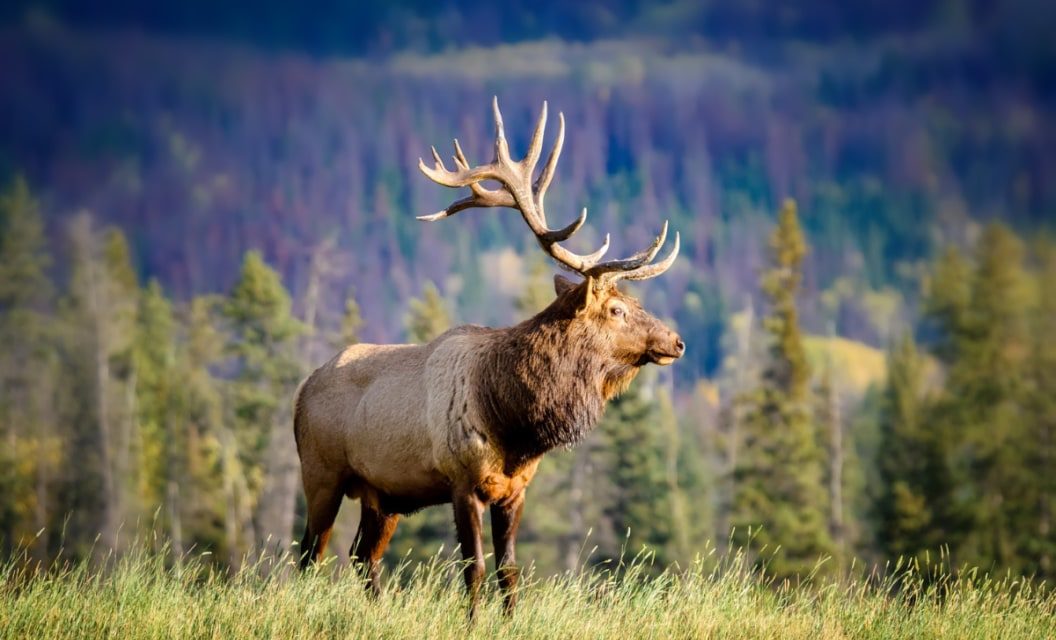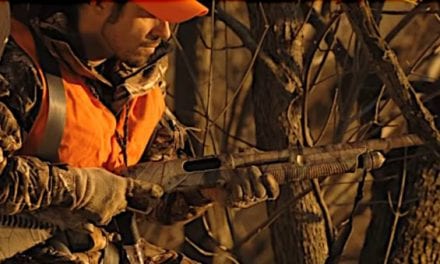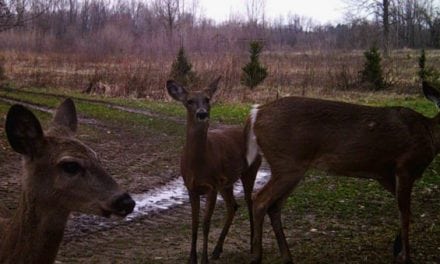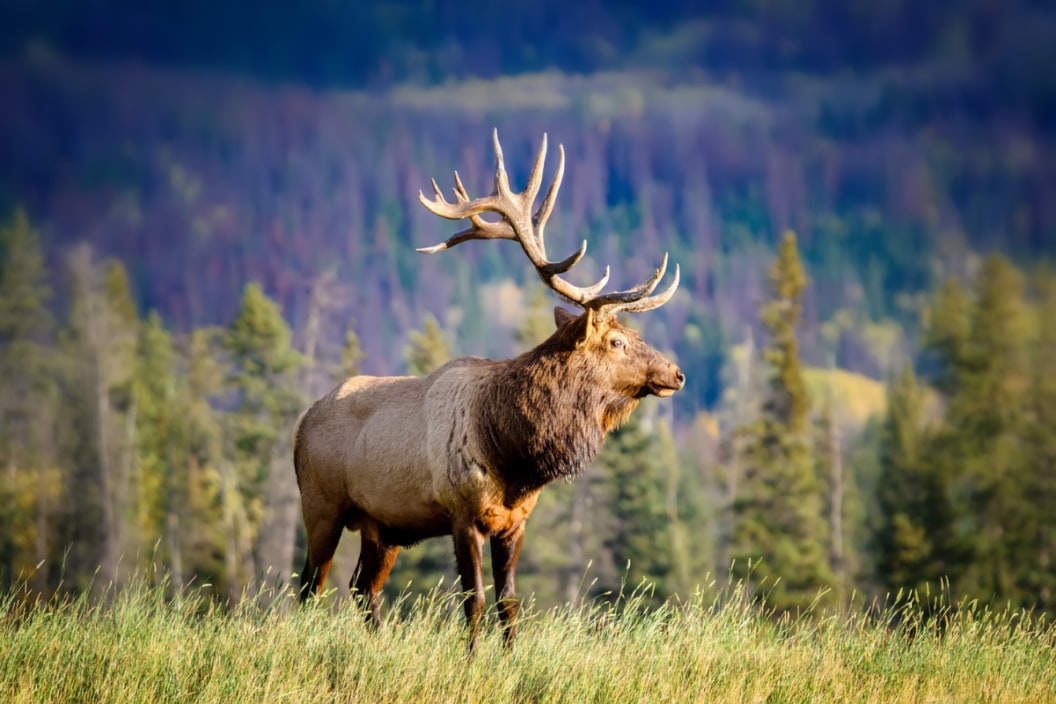
For most hunters, spotting and stalking elk is considered the pinnacle of big game hunting in the United States. It demands a different level of physical fitness when compared to sitting in a treestand waiting for whitetails, yet is far more accessible to the average outdoorsman than sheep hunting. The rush of hearing a mature bull bugle just yards away is tough to beat, but some hunters underestimate the sheer size of these creatures–and the amount of taxing legwork it takes to get a tagged elk out of the backcountry. When it comes down to elk size, just how big can these animals get?
North American Elk Size
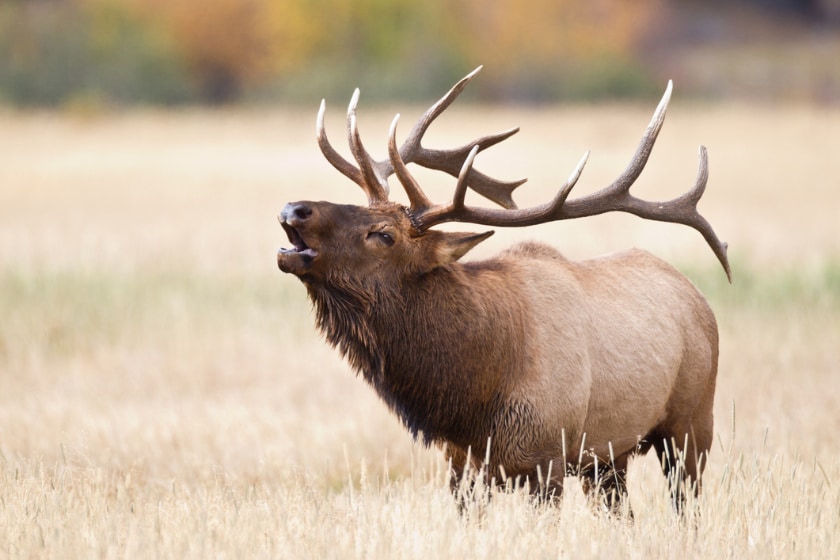
Approximately one million elk currently roam throughout North America. They come in a variety of species, but according to most biologists, the North American elk can be split up into six different subspecies: the Rocky Mountain elk, the Roosevelt elk, the Tule elk, the Manitoban elk, the Merriam’s elk, and the Eastern elk. The latter two are considered functionally extinct, but the other species can be found throughout North America and have varying degrees of body size, rack size, and population size. The Rocky Mountain elk, for example, is prized for its extremely large antlers, while the Roosevelt elk boasts the largest body of all subspecies. The Tule elk brings home the least amount of meat, but this subspecies is only found in Central California.
Diet will vary by region, but elk generally feed on forbs and grasses in the summer, grasses in the spring and fall, and shrubs, tree bark, twigs, and grasses in the winter. Food availability and a variety of other factors can influence overall size and weight, but you can still bank on some averages.
Newborn calves typically weigh around 35 pounds. Across all species, the average cow weighs 500 pounds, measuring 4.5 feet tall to the shoulder and 6.5 feet from nose to tail. Tule elk cows will be closer to 300 pounds, while Roosevelt elk cows will be closer to 600 pounds. Bulls generally weigh around 700 pounds and stand at 5 feet tall to the shoulder and stretch 8 feet from nose to tail. On the smaller end, Tule elk bulls will average as little as 400 pounds, but Roosevelt’s elk bulls usually weigh more than twice that at 900 pounds.
Bulls grow and shed their antlers every year, and a pair of elk antlers can weigh up to 40 pounds on a mature bull elk with a 4-foot spread. In contrast, deer antlers run anywhere from 3 to 9 pounds.
North American Elk Meat
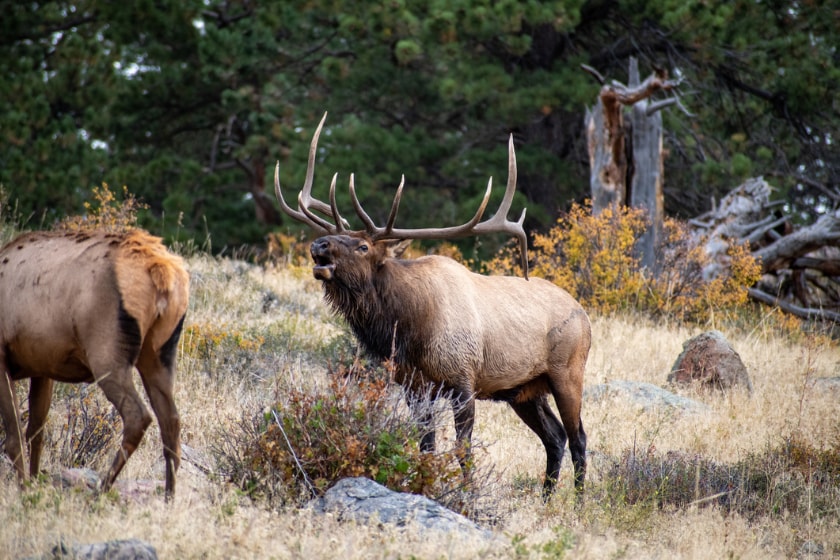
When translating the stats to meat, cows yield an average of 169 pounds and bulls about 218 pounds, according to a study from the University of Wyoming (using Roosevelt elk as reference). Of course, total yield can vary widely based on location and subspecies.
While hunters typically take deer from the field whole, an elk usually demands quartering before packing out. The field dressed weight of an elk is typically 70 percent of the live weight, so you’re still looking at hauling hundreds of pounds of animal for miles.
It’s important to properly care for the meat and be prepared with all the right equipment–a couple of buddies to help you make a few roundtrips is always ideal.
You can study and execute the process of the gutless field dressing method to simplify and speed up the process. Be sure to keep in mind your taxidermy plans when making cuts and caping.
You should always have a sharp knife plus either replacement blades or a sharpener, game bags, and a high-quality pack designed for hauling meat. You’ll secure a quarter or any other portion of the elk to your backpack and begin the trek back to basecamp or your vehicle.
It’s important to cool down meat as soon as possible to preserve quality and prevent spoilage. Whether you’re taking your elk to a butcher or plan on processing it yourself, always prioritize proper meat care and expedite the process whenever possible.
Elk backstraps make some of the best steaks you’ll ever sink your teeth into, but the tenderloins and hindquarter offer some incredible cuts as well. You can also get a few great roasts, brisket ripe for BBQing, and plenty of other meat that’s great for grounding into burgers or sausage from an elk.
READ MORE: How to Identify Elk Sign for Both Hunters and Non-Hunters
The post Elk Size: How Big Can They Get, and How Much Meat Do They Yield? appeared first on Wide Open Spaces.

